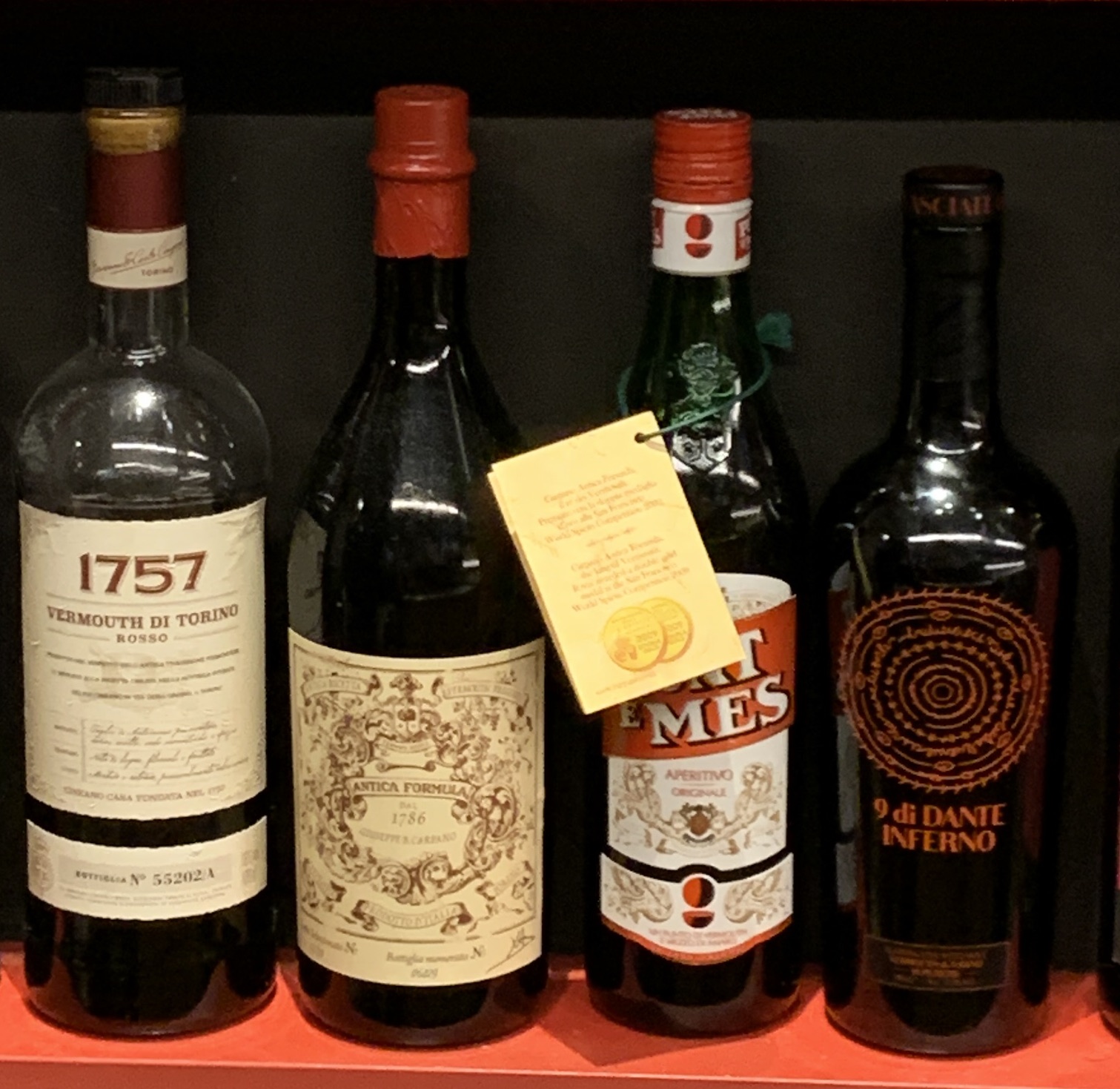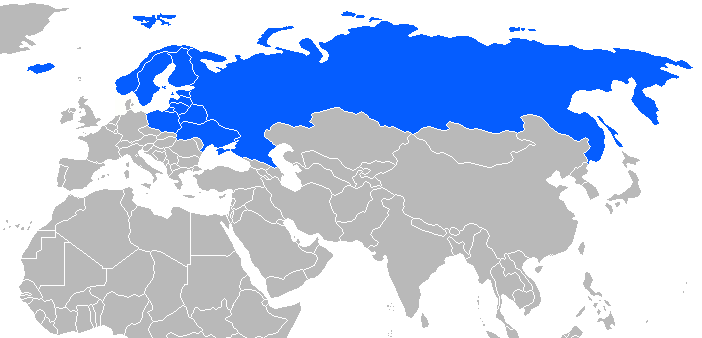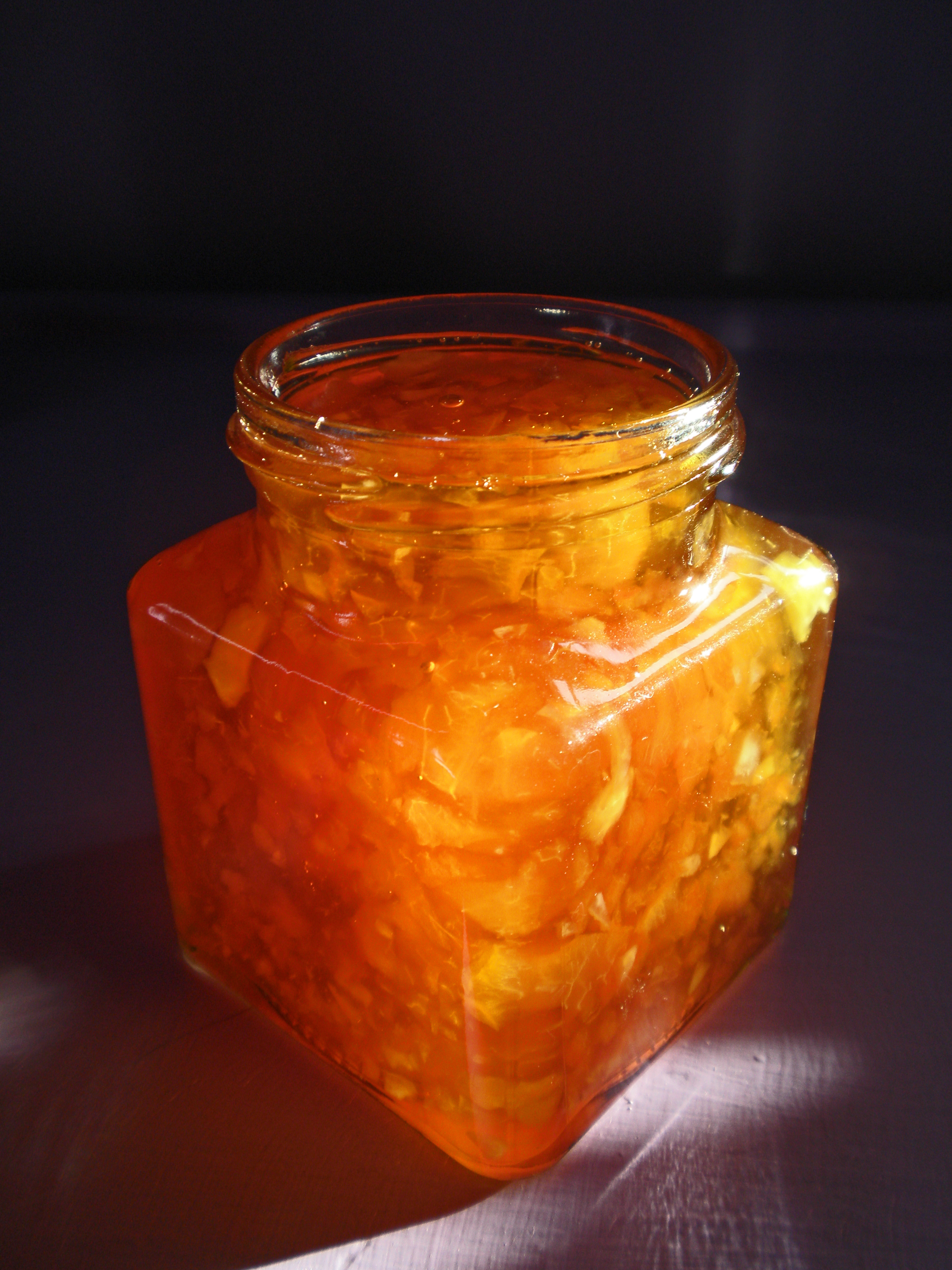|
Noilly Prat
Noilly Prat () is a brand of vermouth from France, owned by the Italian company Martini & Rossi, which is a subsidiary of Bacardi. "White" Noilly Prat is the archetype of dry, straw-coloured French vermouth. Noilly Prat now makes Red and Ambre vermouths as well, introduced in the 1960s and 1980s, but they are less widely known. Noilly Prat Dry is 18% alcohol by volume. The Noilly Prat company is based in Marseillan, in the Hérault of southern France. Joseph Noilly, a herbalist, developed the first formula in 1813, 50 years before the now archetypal vermouth, Martini. History It has long been known that leaving wine in a barrel alters its characteristics. Wine that was transported long distances in barrels and exposed to the weather became darker in colour and fuller-flavoured. It was to mimic this natural process that Joseph Noilly, in 1813, designed a process that made France's first vermouth. In 1855, his son Louis Noilly and son-in-law Claudius Prat set up the company that b ... [...More Info...] [...Related Items...] OR: [Wikipedia] [Google] [Baidu] |
Vermouth
Vermouth (, ) is an aromatized fortified wine, flavoured with various botanicals (roots, barks, flowers, seeds, herbs, and spices) and sometimes colored. The modern versions of the beverage were first produced in the mid- to late 18th century in Turin, Italy. While vermouth was traditionally used for medicinal purposes, it was later served as an apéritif, with fashionable cafés in Turin serving it to guests around the clock. In the late 19th century, it became popular with bartenders as a key ingredient for cocktails, such as the martini, the Manhattan, the Rob Roy, and the Negroni. In addition to being consumed as an apéritif or cocktail ingredient, vermouth is sometimes used as an alternative to white wine in cooking. Historically, there have been two main types of vermouth: sweet and dry. Responding to demand and competition, vermouth manufacturers have created additional styles, including extra-dry white, sweet white (blanc or bianco), red (rosso), amber (ambre), an ... [...More Info...] [...Related Items...] OR: [Wikipedia] [Google] [Baidu] |
Sherry
Sherry ( es, jerez ) is a fortified wine made from white grapes that are grown near the city of Jerez de la Frontera in Andalusia, Spain. Sherry is produced in a variety of styles made primarily from the Palomino grape, ranging from light versions similar to white table wines, such as Manzanilla and fino, to darker and heavier versions that have been allowed to oxidise as they age in barrel, such as Amontillado and oloroso. Sweet dessert wines are also made from Pedro Ximénez or Moscatel grapes, and are sometimes blended with Palomino-based sherries. Under the official name of Jerez-Xérès-Sherry, it is one of Spain's wine regions, a Denominación de Origen Protegida (DOP). The word ''sherry'' is an anglicisation of Xérès (Jerez). Sherry was previously known as '' sack'', from the Spanish ''saca'', meaning "extraction" from the solera. In Europe, "sherry" has protected designation of origin status, and under Spanish law, all wine labelled as "sherry" must legally come ... [...More Info...] [...Related Items...] OR: [Wikipedia] [Google] [Baidu] |
Orange Bitters
Orange bitters is a form of bitters, a cocktail flavoring made from such ingredients as the peels of Seville oranges, cardamom, caraway seed, coriander, anise, and burnt sugar in an alcohol base. Orange bitters, which are not to be confused with the standard Angostura aromatic bitters, are currently enjoying a resurgence among cocktail enthusiasts. It is to be noted that the well-known House of Angostura is one of the producers of orange bitters. For many years, it was difficult to find orange bitters in the United States and elsewhere. Because of this, some cocktail recipes that traditionally contained orange bitters may now exclude that ingredient. Renowned mixologist Gary Regan created Regan's Orange Bitters (stylized and trademarked as Regans') in the 1990s. Regans' is bottled and sold by the Sazerac Company, whose chief executive officer, Mark Brown, had worked with Regan to create a modern version of these bitters. Since 2006, the Bitter Truth in Germany has produced all ... [...More Info...] [...Related Items...] OR: [Wikipedia] [Google] [Baidu] |
Vodka
Vodka ( pl, wódka , russian: водка , sv, vodka ) is a clear distilled alcoholic beverage. Different varieties originated in Poland, Russia, and Sweden. Vodka is composed mainly of water and ethanol but sometimes with traces of impurities and flavourings. Traditionally, it is made by distilling liquid from fermented cereal grains, and potatoes since introduced in Europe in the 1700's. Some modern brands use fruits, honey, or maple sap as the base. Since the 1890s, standard vodkas have been 40% alcohol by volume (ABV) (80 U.S. proof). The European Union has established a minimum alcohol content of 37.5% for vodka. Vodka in the United States must have a minimum alcohol content of 40%. Vodka is traditionally drunk " neat" (not mixed with water, ice, or other mixers), and it is often served ''freezer chilled'' in the vodka belt of Belarus, Estonia, Finland, Iceland, Latvia, Lithuania, Norway, Poland, Russia, Sweden, and Ukraine. It is also used in cocktails and mixed ... [...More Info...] [...Related Items...] OR: [Wikipedia] [Google] [Baidu] |
Martini (cocktail)
The martini is a cocktail made with gin and vermouth, and garnished with an olive or a lemon twist. Over the years, the martini has become one of the best-known mixed alcoholic beverages. A popular variation, the vodka martini, uses vodka instead of gin for the cocktail's base spirit. Preparation By 1922 the martini reached its most recognizable form in which London dry gin and dry vermouth are combined at a ratio of 2:1, stirred in a mixing glass with ice cubes, with the optional addition of orange or aromatic bitters, then strained into a chilled cocktail glass. Over time the generally expected garnish became the drinker's choice of a green olive or a twist of lemon peel. A dry martini is made with little to no vermouth. Ordering a martini "extra dry" will result in even less or no vermouth added. By the Roaring Twenties, it became a common drink order. Over the course of the 20th century, the amount of vermouth steadily dropped. During the 1930s the ratio was 3:1 (gin ... [...More Info...] [...Related Items...] OR: [Wikipedia] [Google] [Baidu] |
Beaucaire, Gard
Beaucaire (; Occitan and Provençal: ''Bèucaire'' ) is a commune in the Gard department in the Occitanie region of Southern France. In 2018, it had a population of 15,718. Its inhabitants are known as ''Beaucairois'' or ''Beaucairoises'' in French. In 2020, the commune was awarded one flower by the National Council of Towns and Villages in Bloom in the Competition of cities and villages in Bloom. Geography Beaucaire is located on the River Rhône some 15 km south-west of Avignon and 10 km north of Arles. Across the river from Beaucaire lies Tarascon, which is in Bouches-du-Rhône department of Provence. Access to the commune is by the D999 road from Jonquières-Saint-Vincent in the west which passes through the north of the commune and the town and continues east to Tarascon. The D966L comes from Saint-Bonnet-du-Gard in the north and comes down the banks of the Rhône to the town. The D90 branches off the D986L in the commune and passes in a circle ... [...More Info...] [...Related Items...] OR: [Wikipedia] [Google] [Baidu] |
Cloves
Cloves are the aromatic flower buds of a tree in the family Myrtaceae, ''Syzygium aromaticum'' (). They are native to the Maluku Islands (or Moluccas) in Indonesia, and are commonly used as a spice, flavoring or Aroma compound, fragrance in final good, consumer products, such as toothpaste, soaps, or cosmetics. Cloves are available throughout the year owing to different harvest seasons across various countries. Etymology The word ''clove'', first used in English in the 15th century, derives via Middle English ''clow of gilofer'', Anglo-French ''clowes de gilofre'' and Old French ''clou de girofle'', from the Latin word ''clavus'' "nail". The related English word ''gillyflower'', originally meaning "clove", derives via said Old French ''girofle'' and Latin ''caryophyllon'', from the Greek ''karyophyllon'' "clove", literally "nut leaf". Botanical features The clove tree is an evergreen that grows up to tall, with large leaves and crimson flowers grouped in terminal cluster ... [...More Info...] [...Related Items...] OR: [Wikipedia] [Google] [Baidu] |
Coriander
Coriander (;coriander in the Cambridge English Pronouncing Dictionary ''Coriandrum sativum'') is an annual in the family Apiaceae. It is also known as Chinese parsley, dhania, or cilantro (). [...More Info...] [...Related Items...] OR: [Wikipedia] [Google] [Baidu] |
Gentiana Lutea
''Gentiana lutea'', the great yellow gentian, is a species of gentian native to the mountains of central and southern Europe. Growth ''Gentiana lutea'' is an herbaceous perennial plant, growing to tall, with broad lanceolate to elliptic leaves long and broad. The flowers are yellow, with the corolla separated nearly to the base into 5–7 narrow petals. It grows in grassy alpine and sub-alpine pastures, usually on calcareous soils. Uses ''Gentiana lutea'' is remarkable for the intense bitterness of the root and every part of the herbage. Before the introduction of hops, gentian was used occasionally in brewing. Gentian root has a long history of use as an herbal bitter and is an ingredient of many proprietary medicines. The parts used include the dried, underground parts of the plant and the fresh, above-ground parts. The root, which can be over thick and has few branches, is harvested in the autumn and dried for later use. Caution should be exercised as to its use beca ... [...More Info...] [...Related Items...] OR: [Wikipedia] [Google] [Baidu] |
Nutmeg
Nutmeg is the seed or ground spice of several species of the genus ''Myristica''. ''Myristica fragrans'' (fragrant nutmeg or true nutmeg) is a dark-leaved evergreen tree cultivated for two spices derived from its fruit: nutmeg, from its seed, and mace, from the seed covering. It is also a commercial source of an essential oil and nutmeg butter. Conifers of the genus '' Torreya'', commonly known as the nutmeg yews, have edible seeds of similar appearance, but are not closely related to ''Myristica fragrans'', and are not used as a spice. Indonesia is the main producer of nutmeg and mace. If consumed in amounts exceeding its typical use as a spice, nutmeg powder may produce allergic reactions, cause contact dermatitis, or have psychoactive effects. Although used in traditional medicine for treating various disorders, nutmeg has no scientifically confirmed medicinal value. Common nutmeg Nutmeg is the spice made by grinding the seed of the fragrant nutmeg tree (''Myristica fra ... [...More Info...] [...Related Items...] OR: [Wikipedia] [Google] [Baidu] |
Bitter Orange
Bitter orange, Seville orange, bigarade orange, or marmalade orange is the citrus tree ''Citrus'' × ''aurantium'' and its fruit. It is native to Southeast Asia and has been spread by humans to many parts of the world. It is probably a cross between the pomelo, ''Citrus maxima'', and the mandarin orange, ''Citrus reticulata''. History Wild trees are found near small streams in generally secluded and wooded parts of Florida and the Bahamas after it was introduced to the area from Spain, where it had been introduced and cultivated heavily beginning in the 10th century by the Moors. Identification Citrus × aurantium can be identified through its orange fruit with a distinctly bitter or sour taste. The tree has alternate simple leaves and thorns on its petiole. Usage Many varieties of bitter orange are used for their essential oil, and are found in perfume, used as a flavoring or as a solvent, and also for consumption. The Seville orange variety is used in the production o ... [...More Info...] [...Related Items...] OR: [Wikipedia] [Google] [Baidu] |
Camomile
Chamomile (American English) or camomile (British English; see spelling differences) ( or ) is the common name for several plants of the family Asteraceae. Two of the species, ''Matricaria recutita'' and ''Anthemis nobilis'', are commonly used to make herbal infusions for beverages. There is insufficient scientific evidence that consuming chamomile in foods or beverages has any beneficial effects on health. Etymology The word ''chamomile'' is derived via the French and Latin, from the Greek grc, χαμαίμηλον, khamaimēlon, earth apple, label=none, from grc, χαμαί, khamai, on the ground, label=none, and grc, μῆλον, mēlon, apple, label=none. First used in the 13th century, the spelling ''chamomile'' corresponds to the Latin and the Greek . The spelling ''camomile'' is a British derivation from the French. Species Some commonly used species include: * ''Matricaria chamomilla'' – often called "German chamomile" or "Water of Youth" * ''Chamaemelum n ... [...More Info...] [...Related Items...] OR: [Wikipedia] [Google] [Baidu] |



